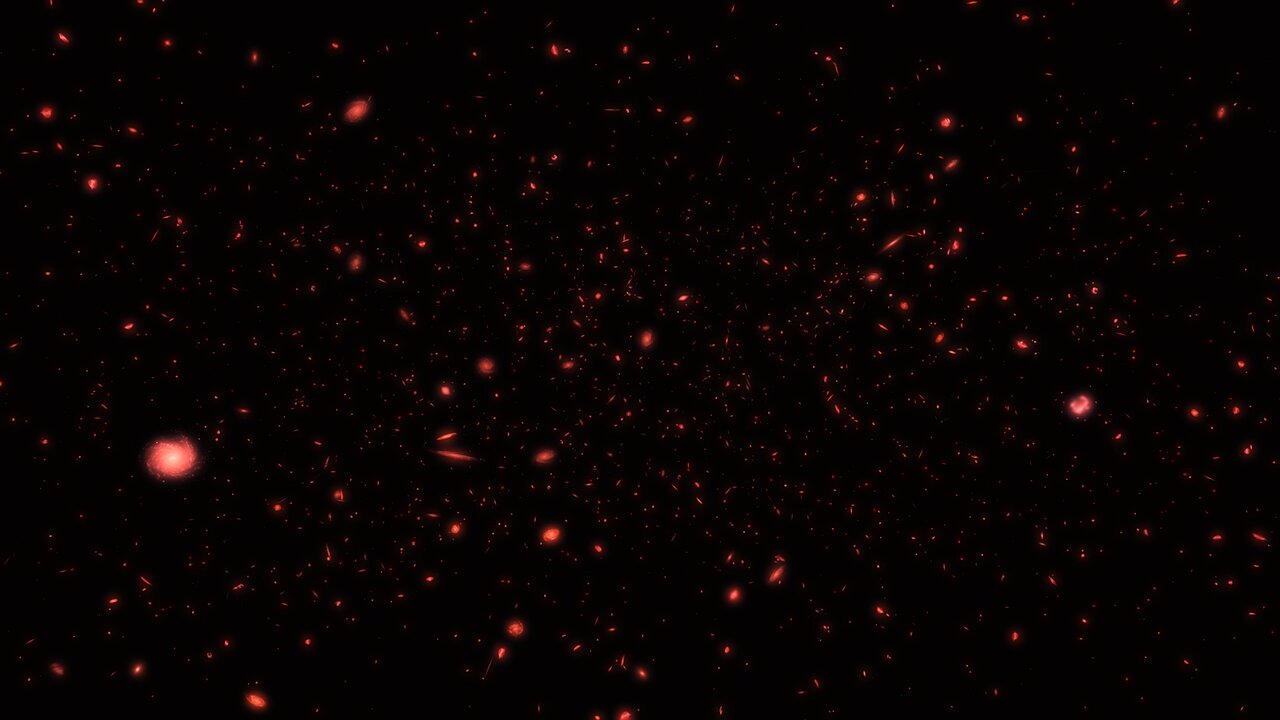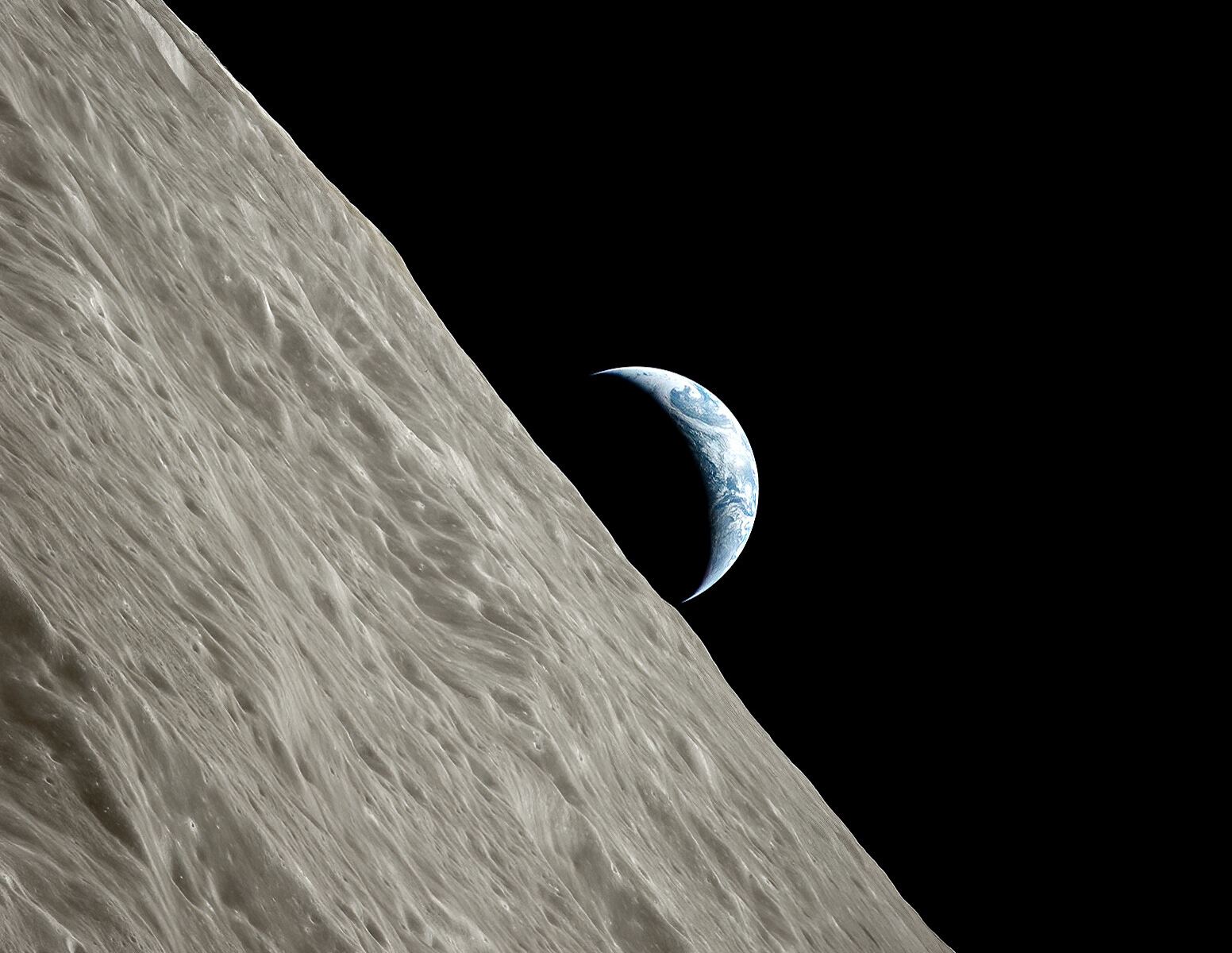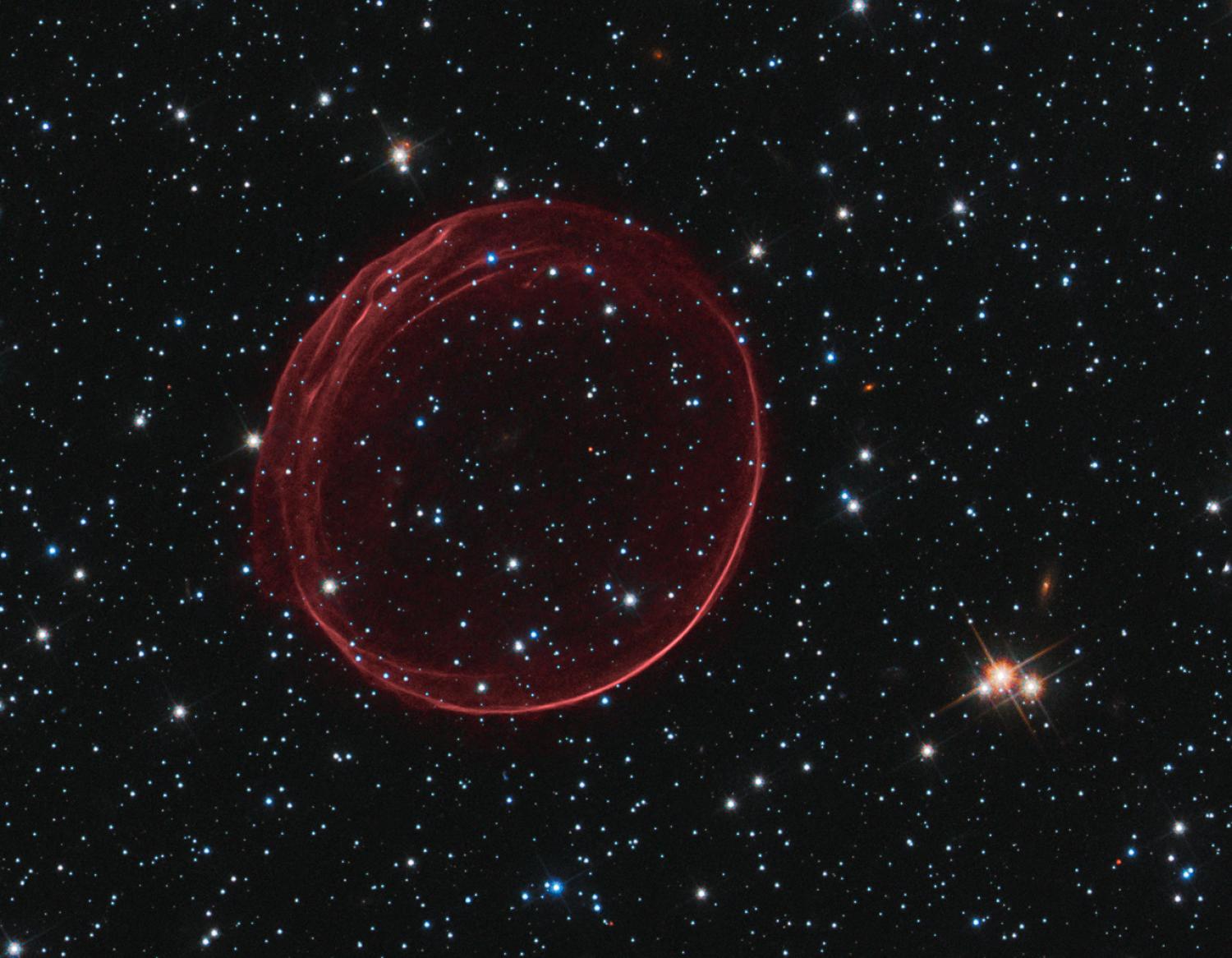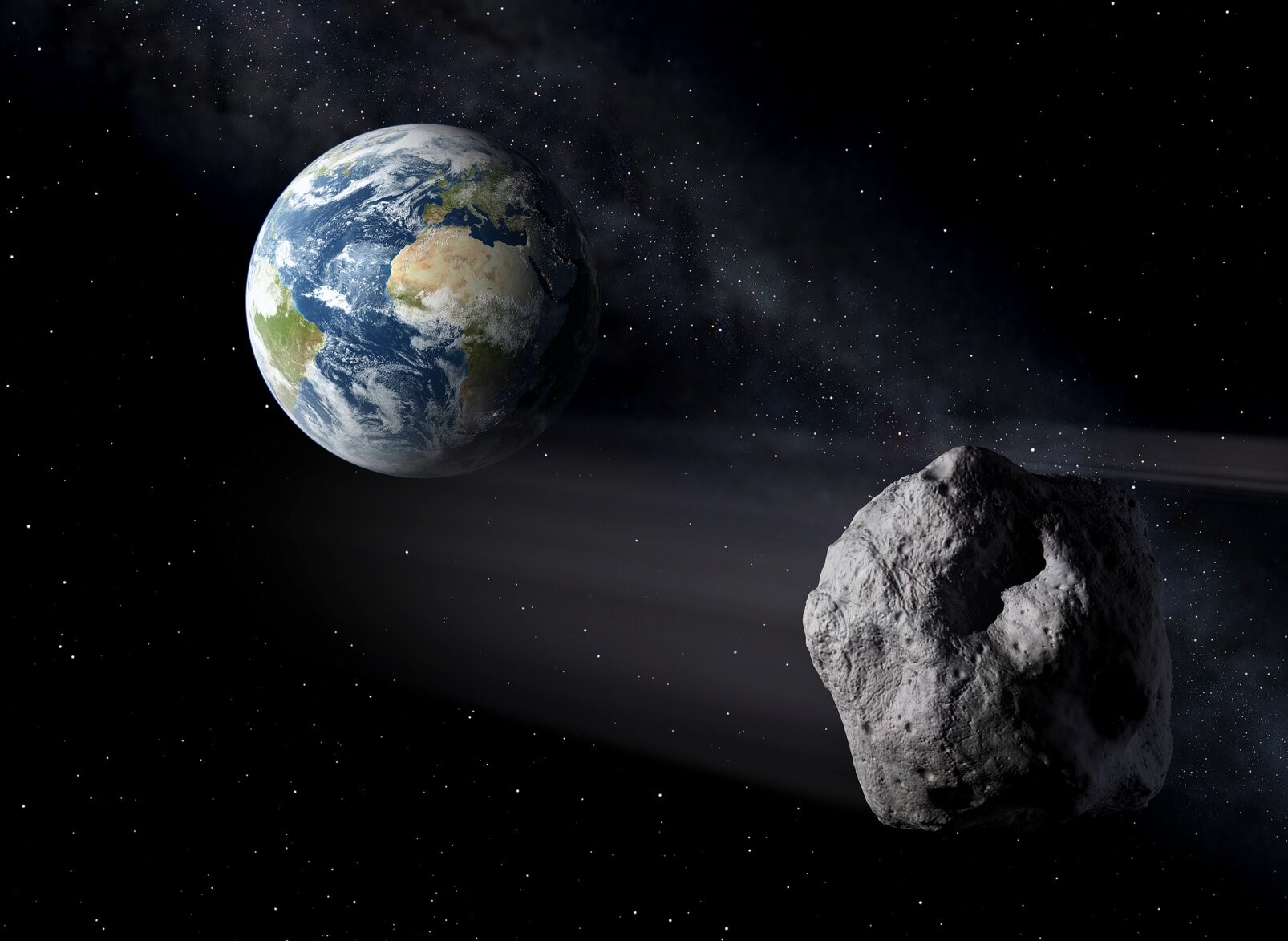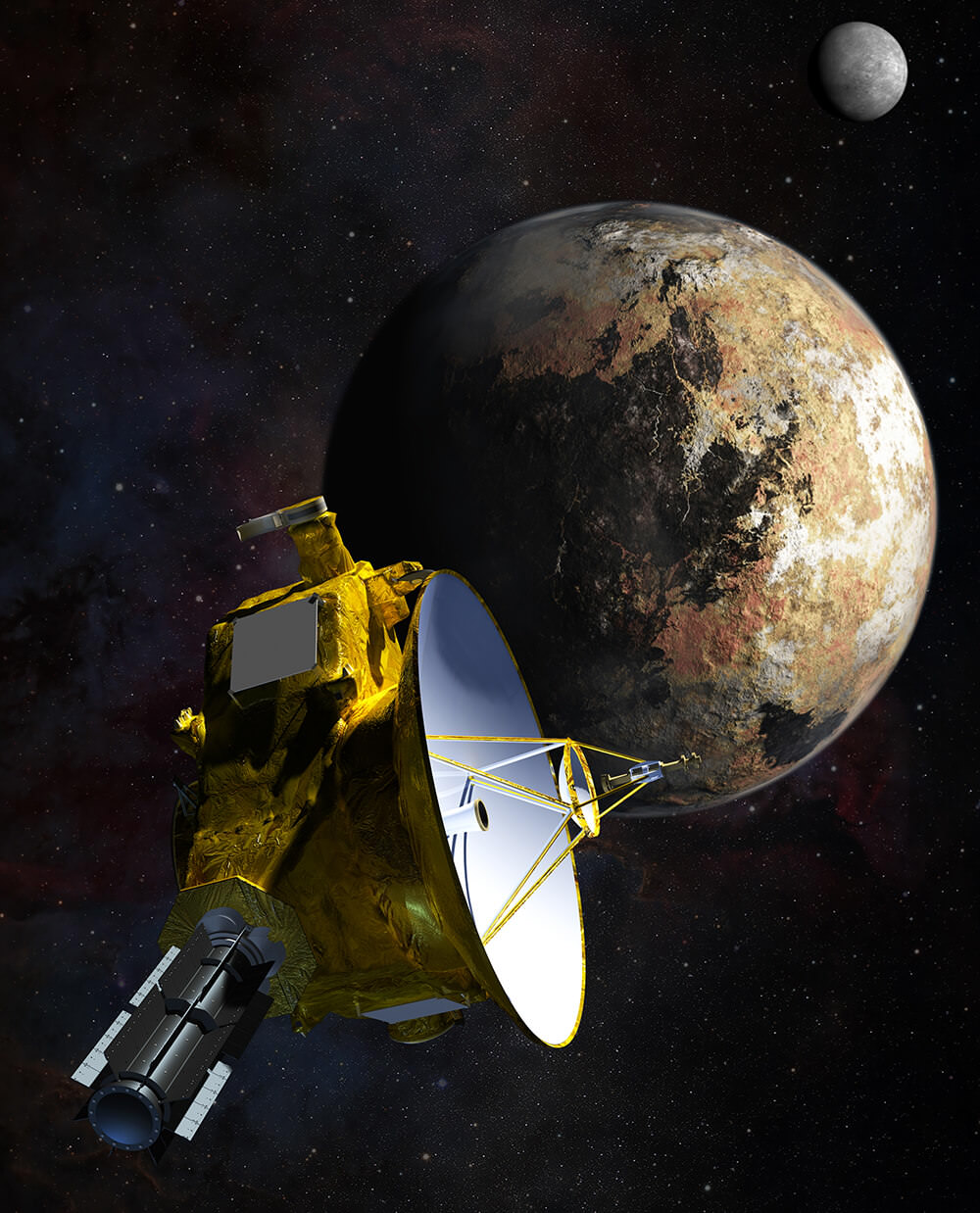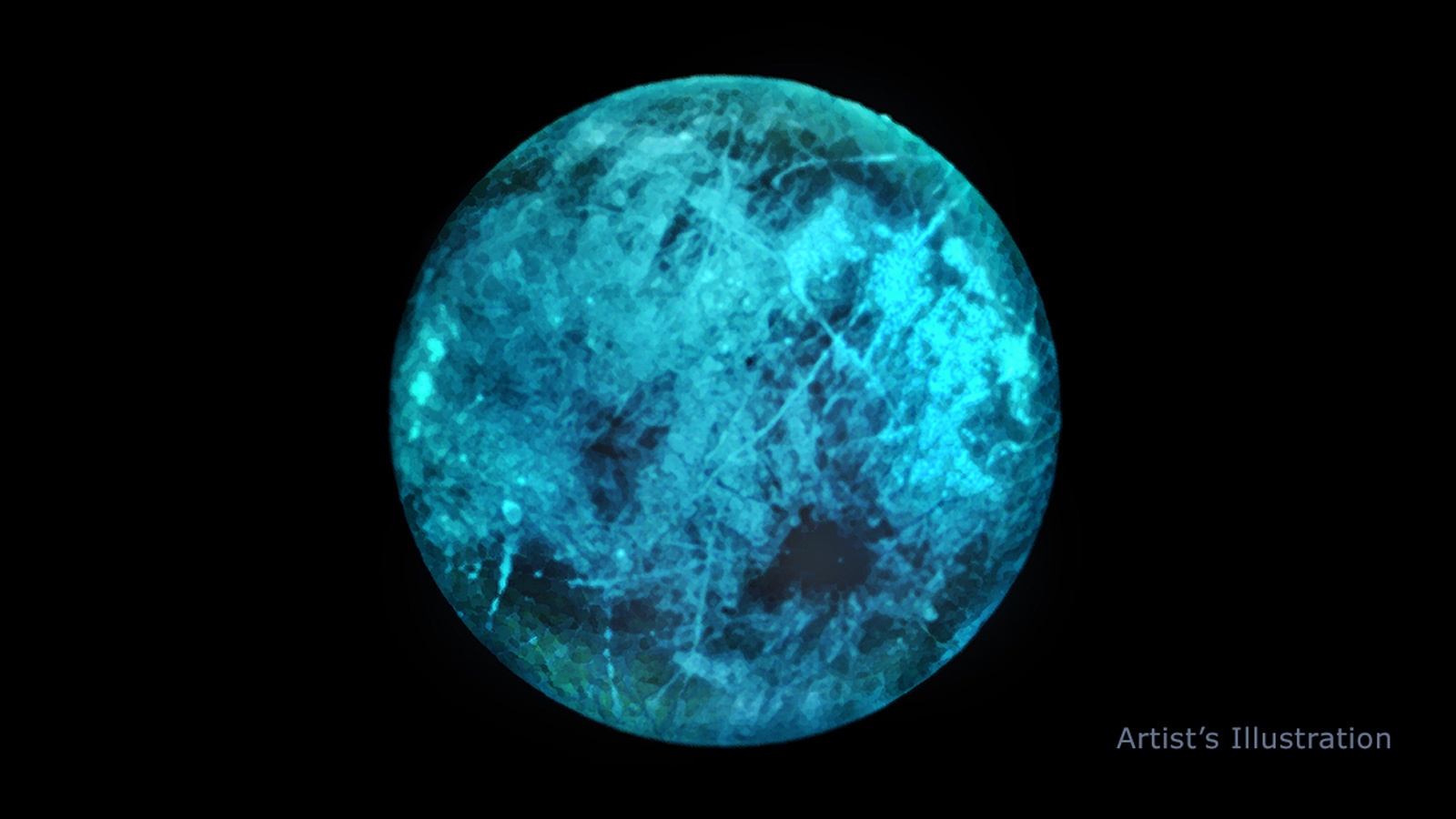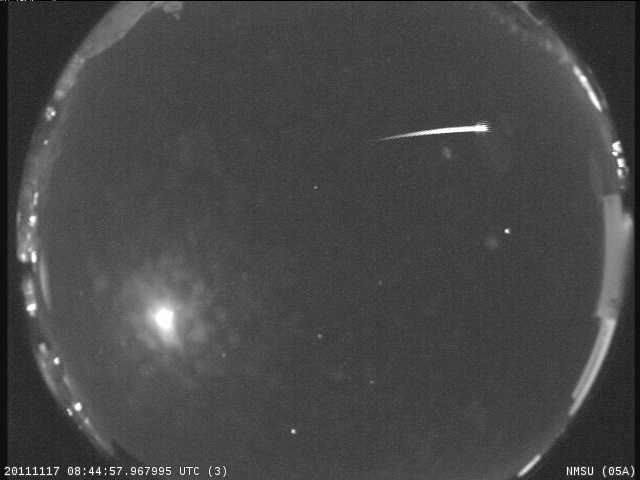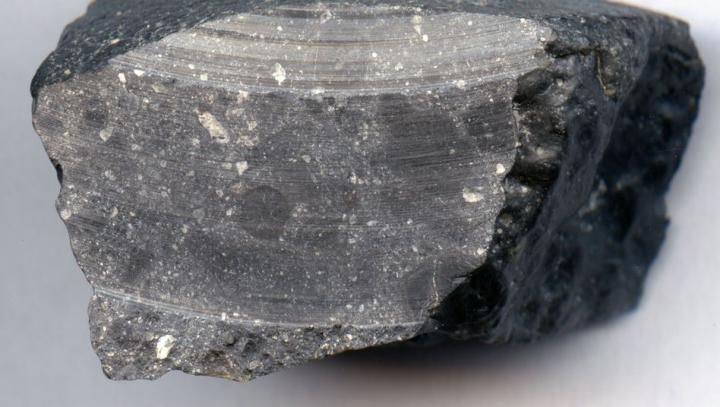In the coming years, some truly awesome next-generation telescopes are going to be gathering their first light. Between space telescopes like James Webb and Nancy Grace Roman, and ground-based telescopes like the Extremely Large Telescope (ELT) and the Giant Magellan Telescope (GMT), astronomers will be able to study aspects of the Universe that were previously inaccessible.
For instance, there are Population III stars, which are the first stars to have formed in the Universe. These stars are not observable in visible light and even next-generation facilities (like those mentioned above) will not be able to see them. But according to a team led by NASA Hubble Fellow Anna Schauer, the solution could be to build what she has named the “Ultimately Large Telescope” (ULT) on the Moon.
Continue reading “A 100-Meter Rotating Liquid Mirror Telescope on the Moon? Yes Please.”
